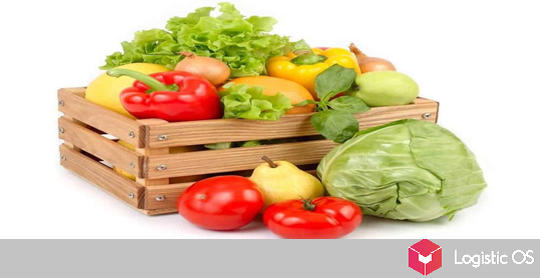According to experts, the oilseed harvest by the end of 2023 may be higher than 30 million tons.
Currently, the last batches of oilseeds from last year’s harvest, which “went into the winter,” are being processed.
Once everything is calculated, there is a chance that the final oilseed harvest at the end of the year will be 30 million tons. This data was shared by Dmitry Rylko, General Director of the Institute for Agricultural Market Studies.
Including, the harvest of sunflower can reach 17.4 million tons, soybeans — 6.85 million tons, rapeseed — 4.22 million tons, the expert notes.
Oilseed margins remain unchanged
At the moment, profitability from oilseeds remains higher than from grains, and overall oil prices have returned to normal levels.
In the near future, it is unlikely to expect a significant decline, analysts say.
At the same time, there are problems.
For example, a record soybean harvest is planned in South America, the harvest of which will begin in the near future. And this could cause difficulties for farmers around the world, since the supply of soybean meal on the world market will increase significantly.
This, in turn, threatens to significantly reduce quotes.
As for the situation with soybean oil, it is a little better, since there is a strong demand for this product in the energy industry: in the United States, biodiesel is actively produced from oil.
Therefore, there is no reason to expect that there will be a global oversupply of soybean oil that could negatively impact prices.
At the same time, Russia can export about 4.8 million tons of sunflower oil this year.
Oilseed producers expect problems in the new season
One of the main difficulties is that the area under sunflower is decreasing in Russia. Most likely, this season they will amount to no more than 9.55-9.75 million hectares, while a year ago it was 9.82 million hectares.
At the same time, processing capacity in Russia increases annually.
Currently, the production volumes of raw materials and oil are in balance, but there are factors that can provoke an imbalance in this area.
Firstly, this is an influx of raw materials from new regions, which have not yet been taken into account in the general analysis.
Secondly, large carry-over reserves, which this time are at about 1.4 million tons.
In this regard, processing capacities are increasing; over the next 3 years they can increase by 3.5-5 million tons.
But if the area under cultivation is not increased, then there may be a reverse imbalance: a lack of raw materials and incomplete utilization of processing capacities.

